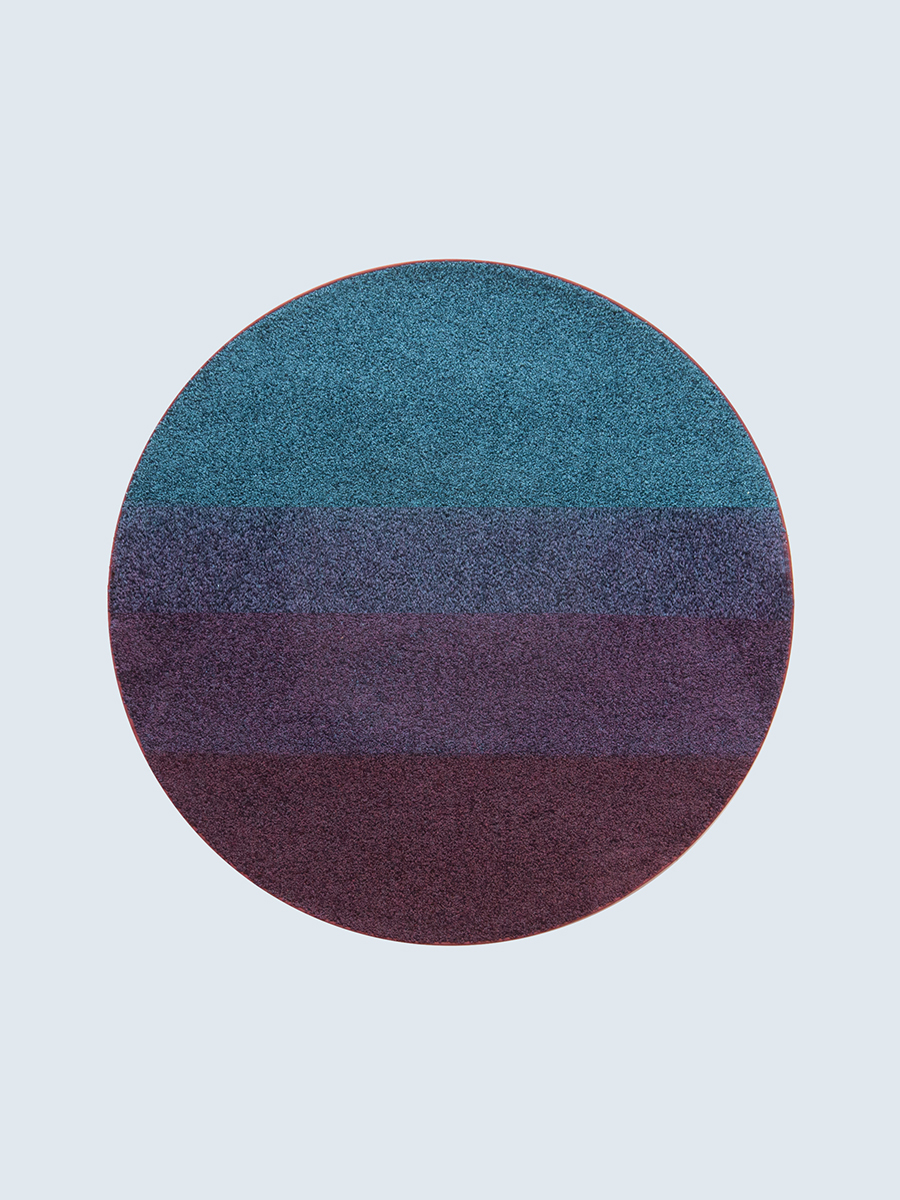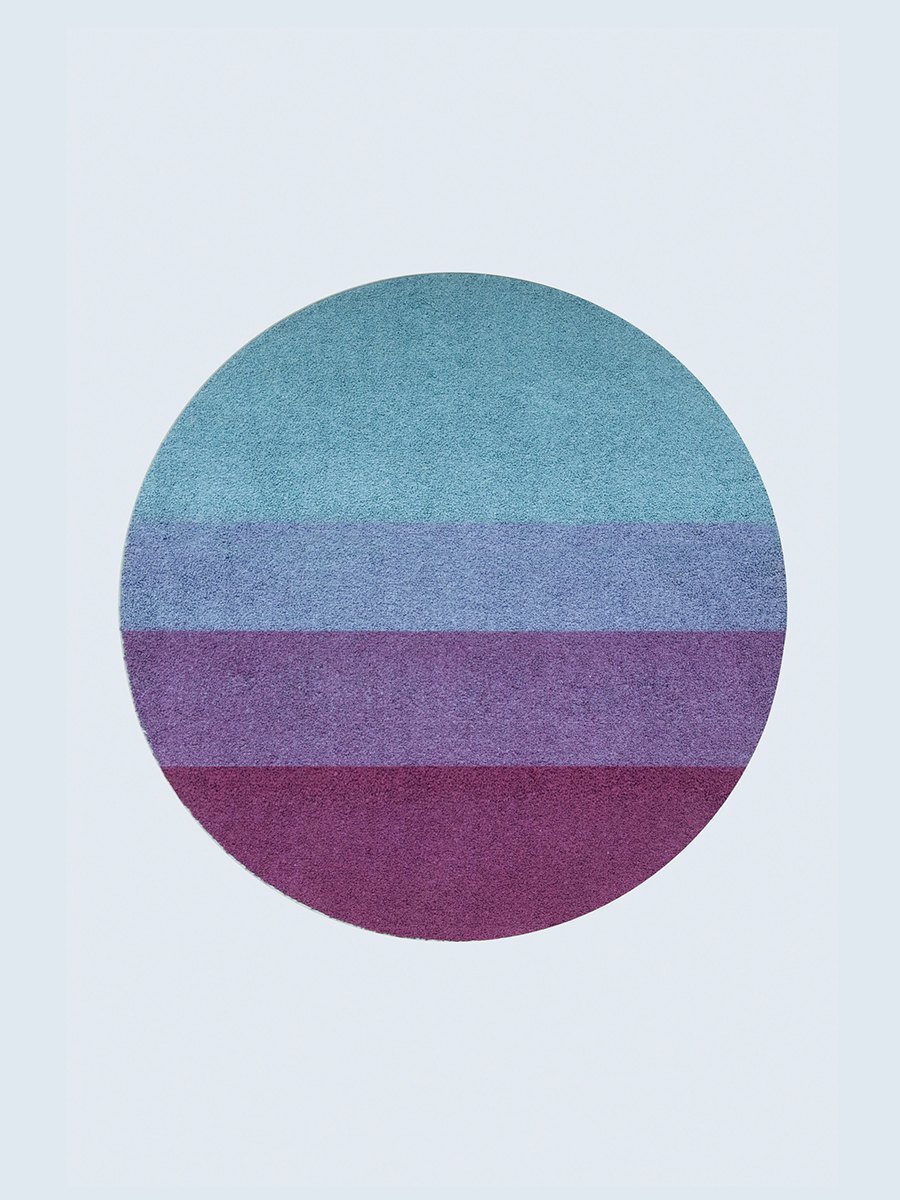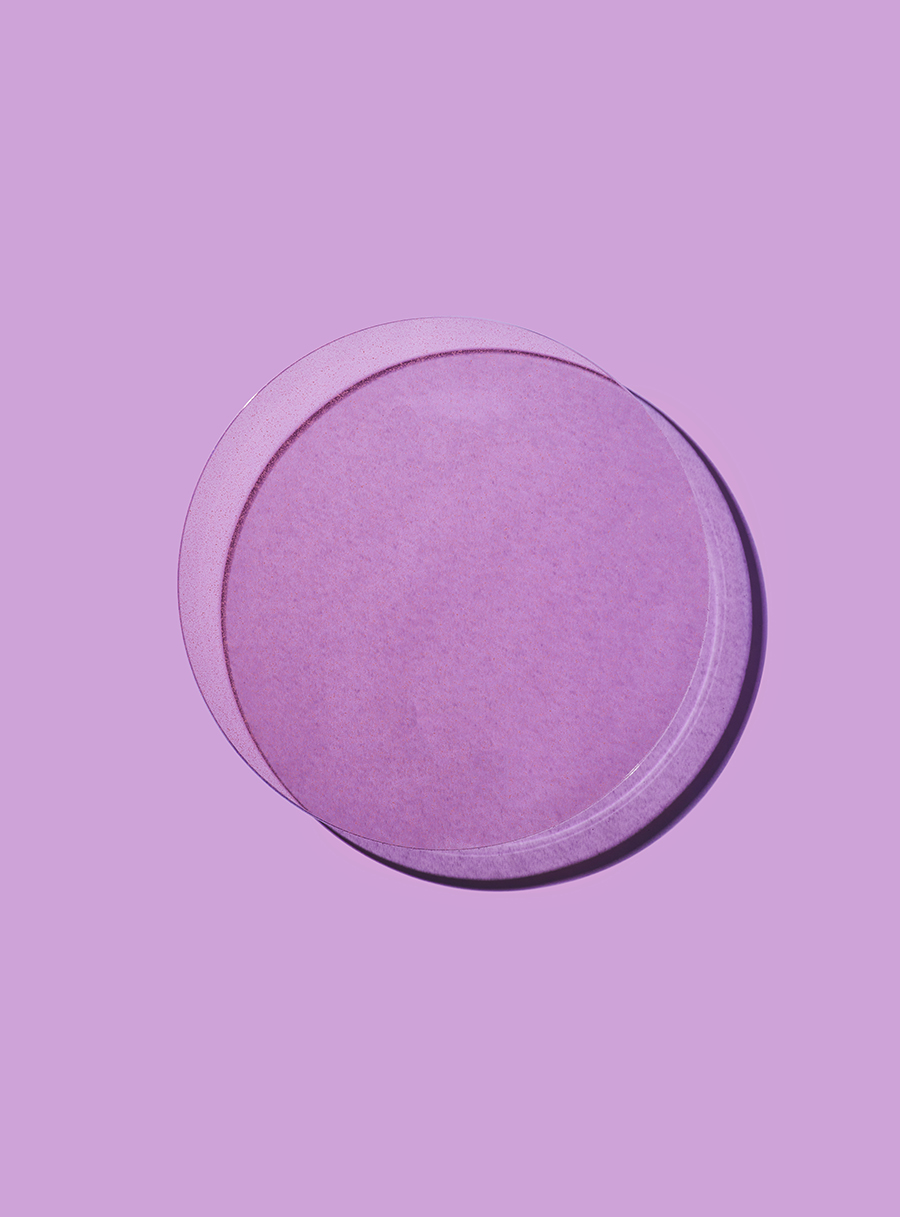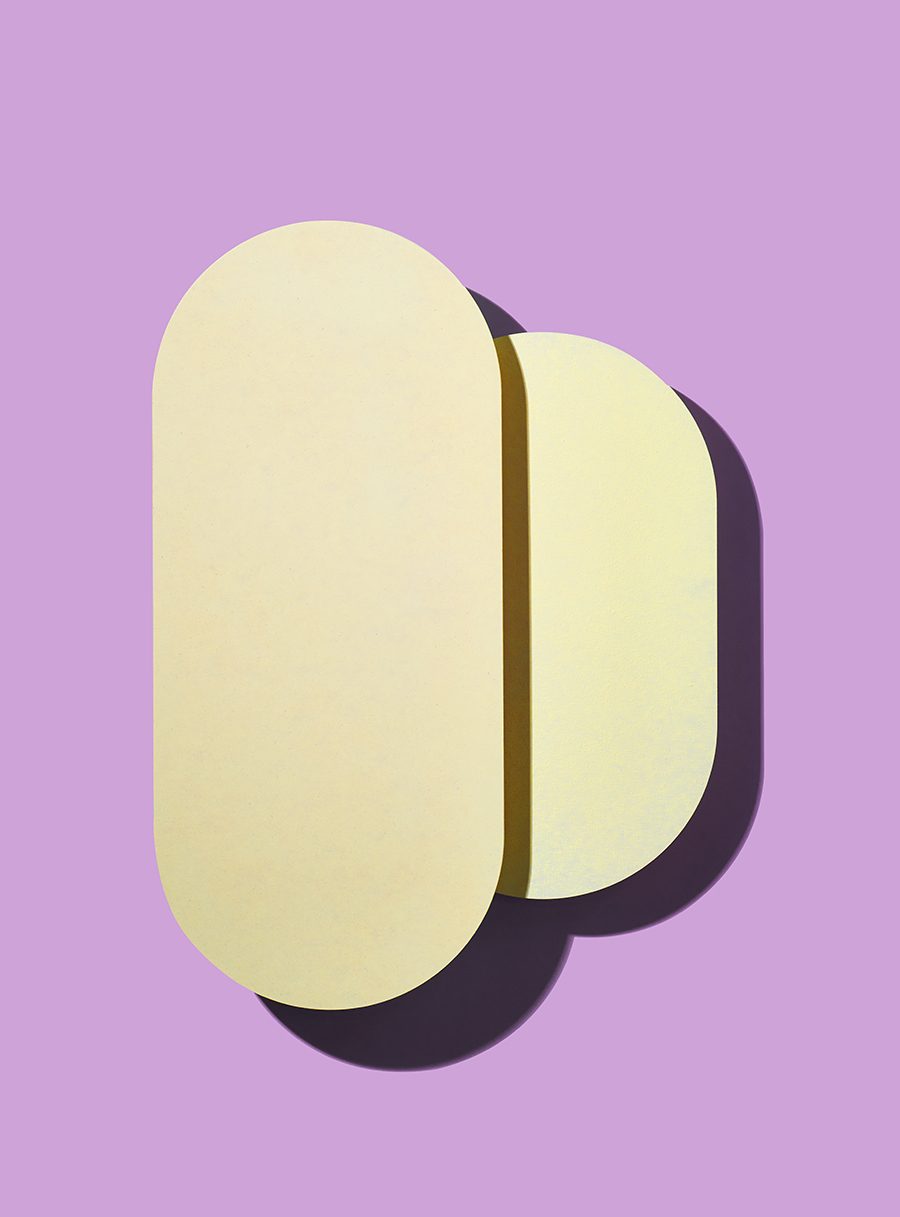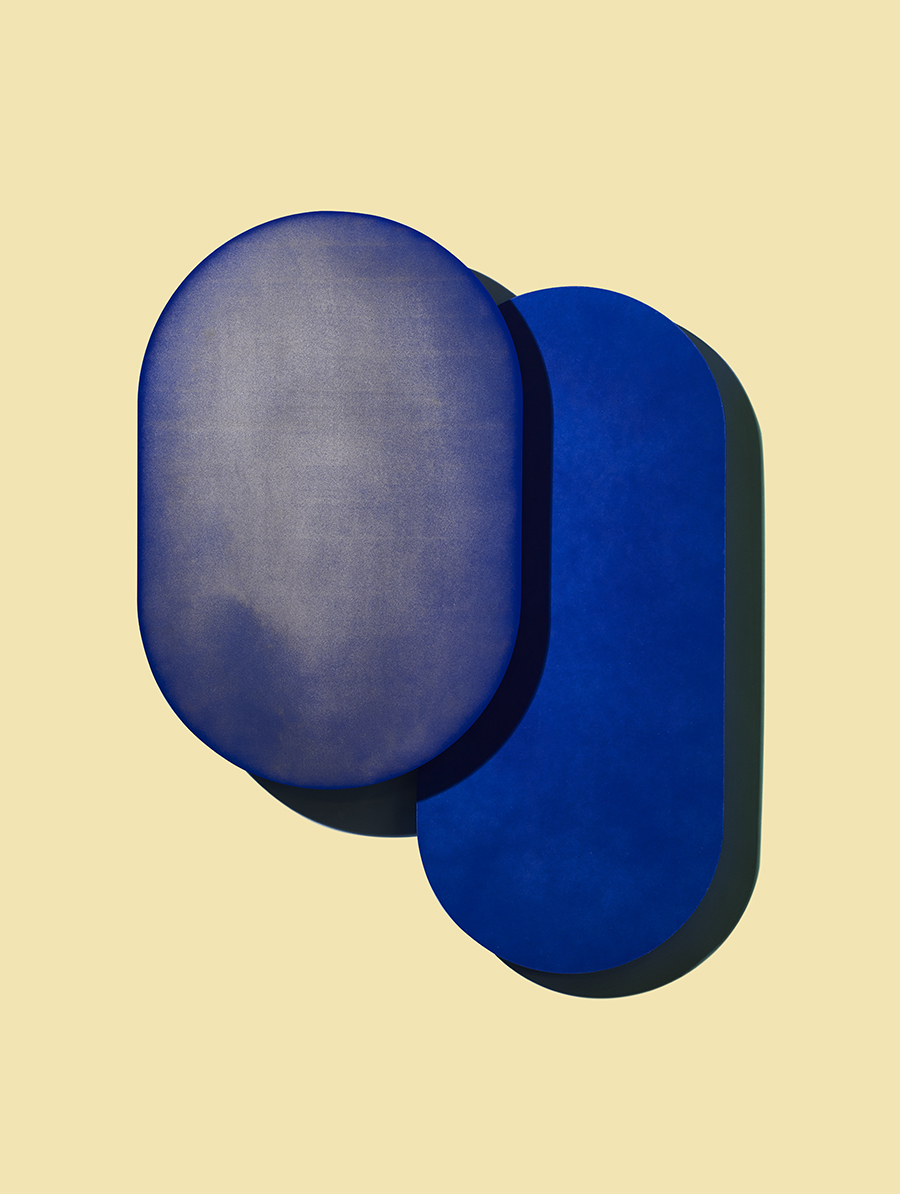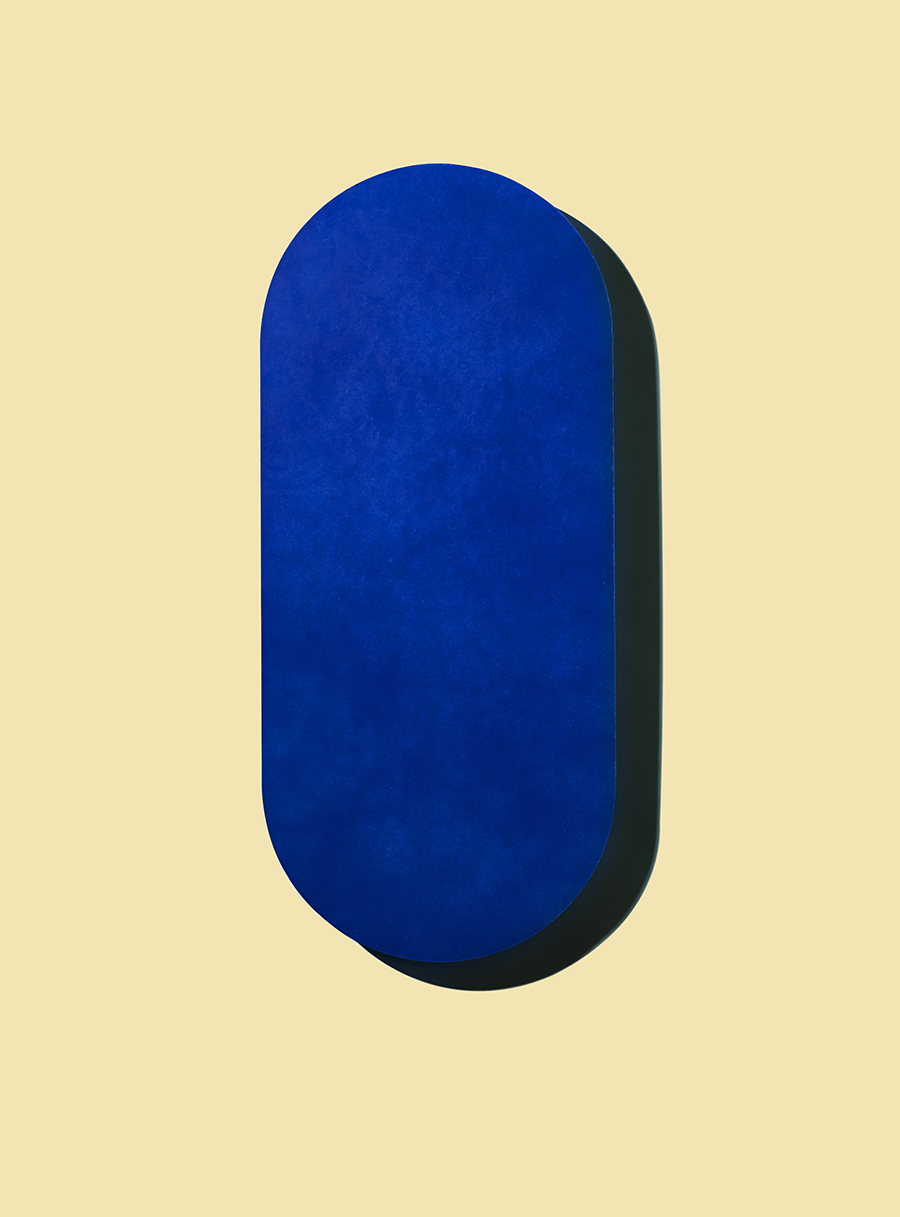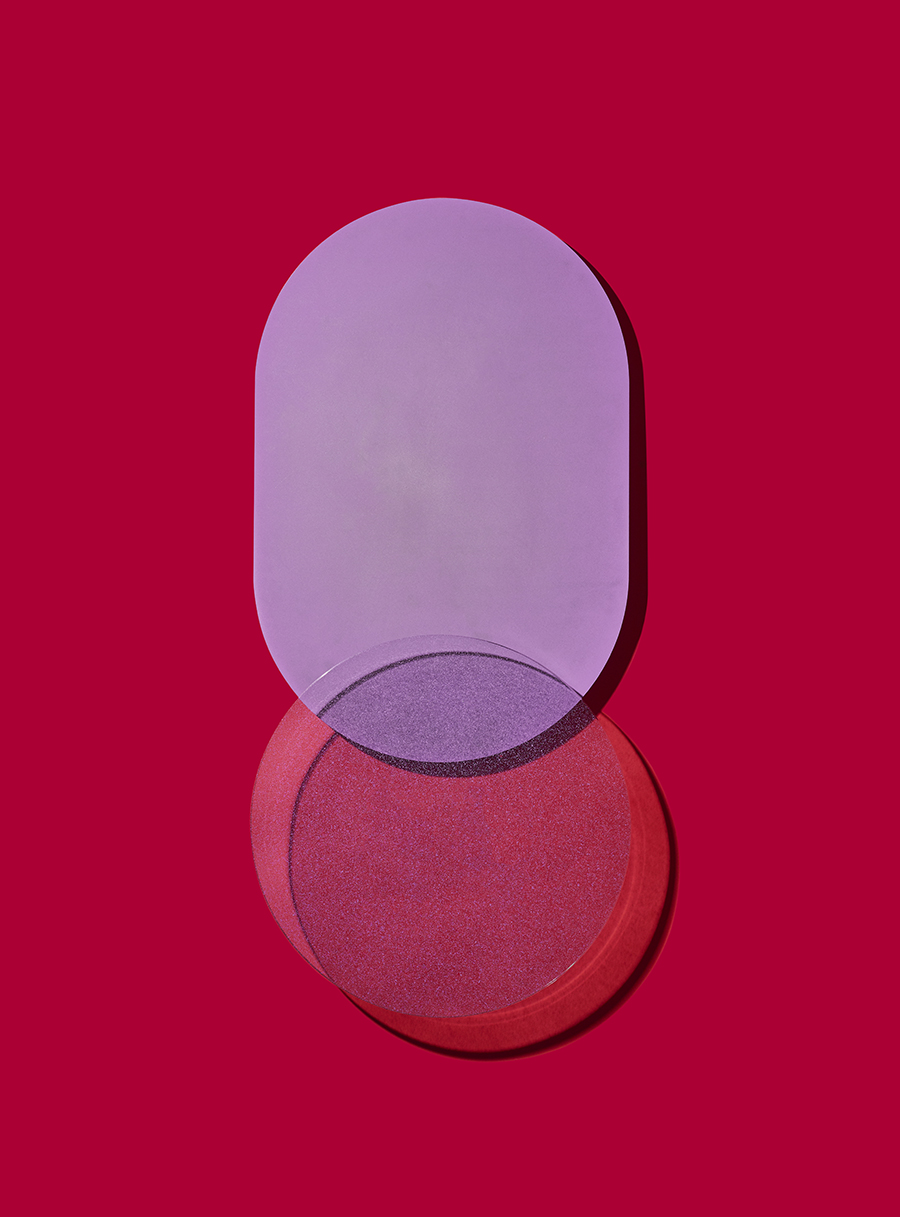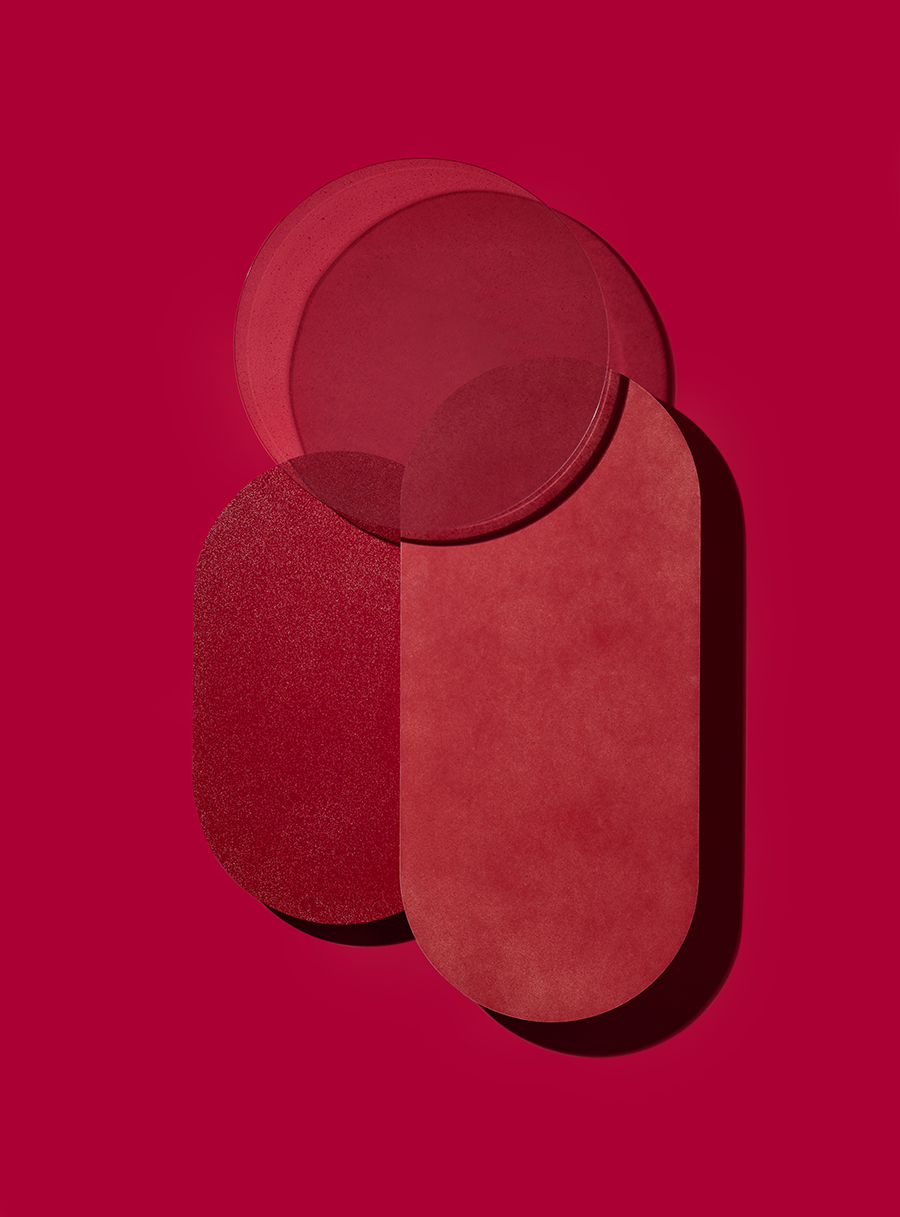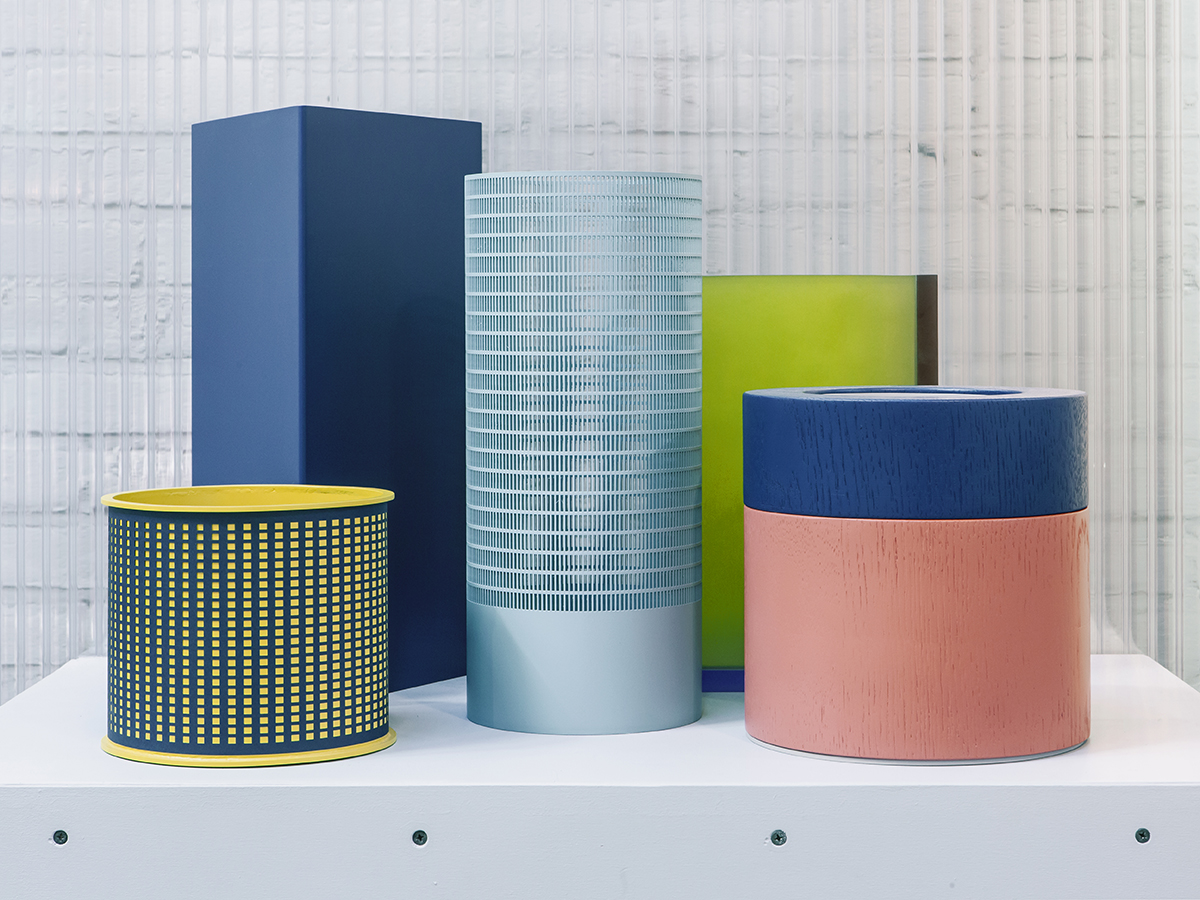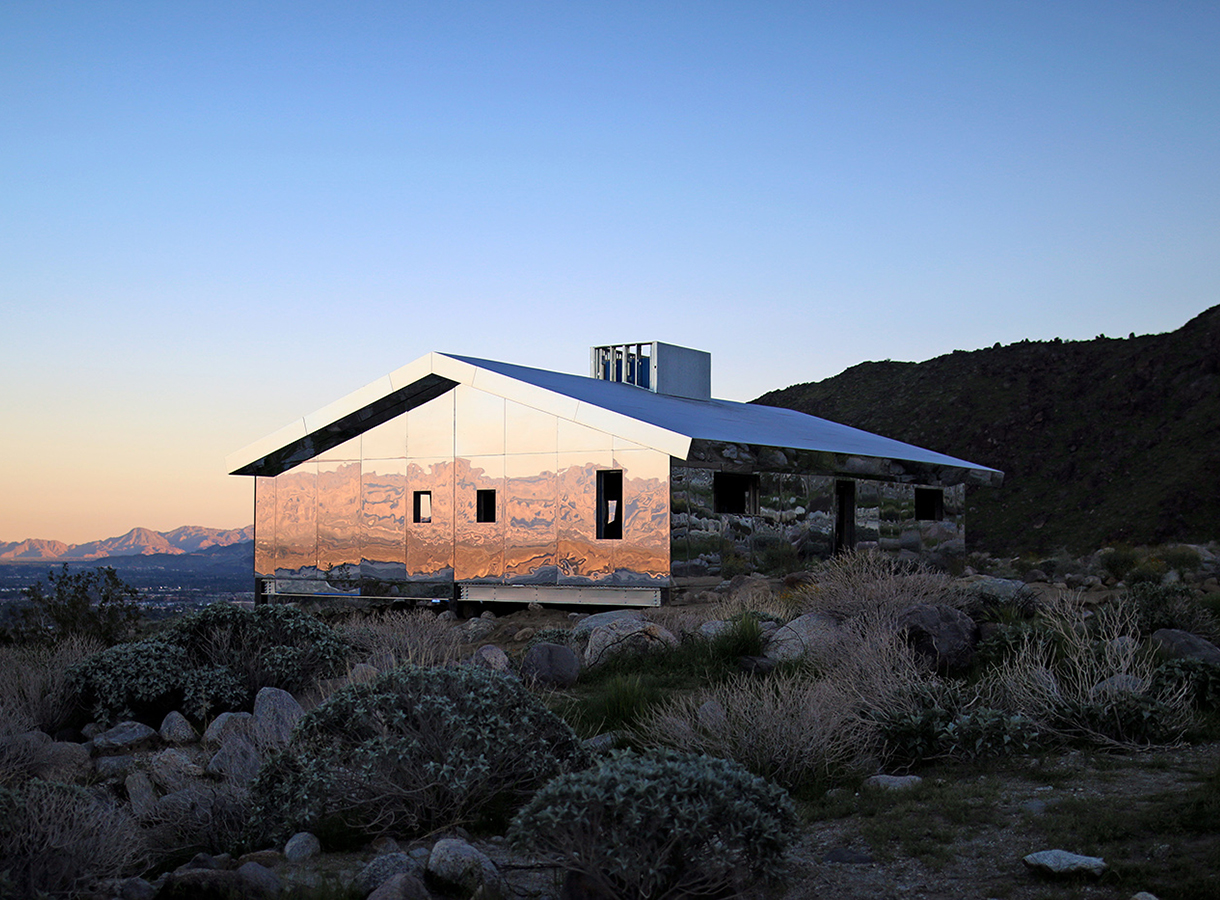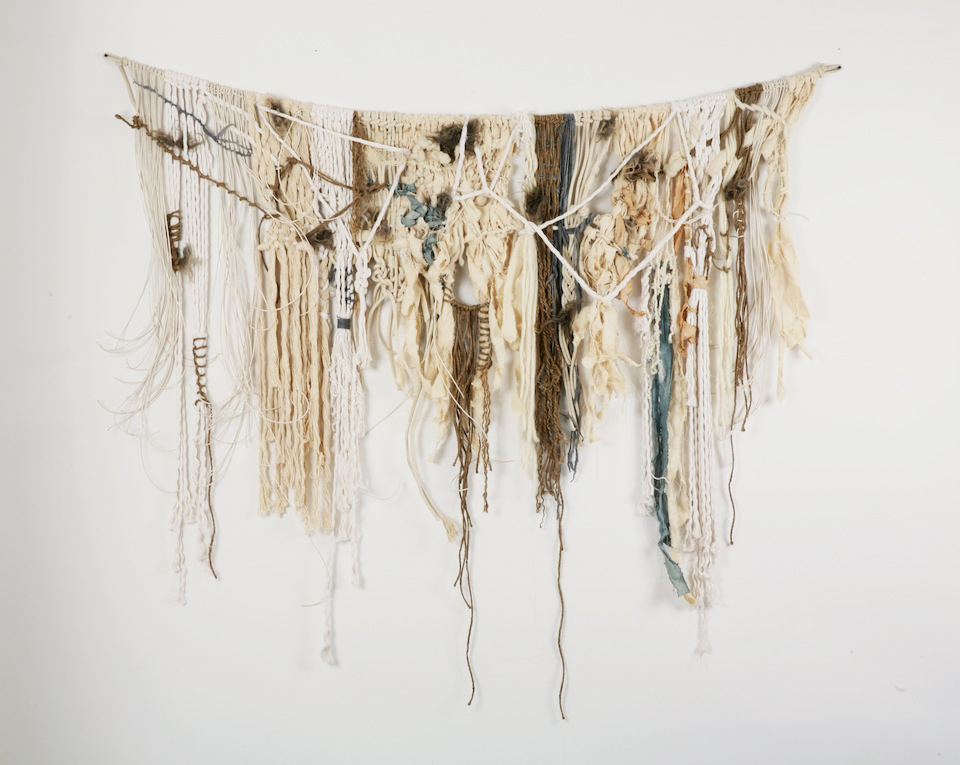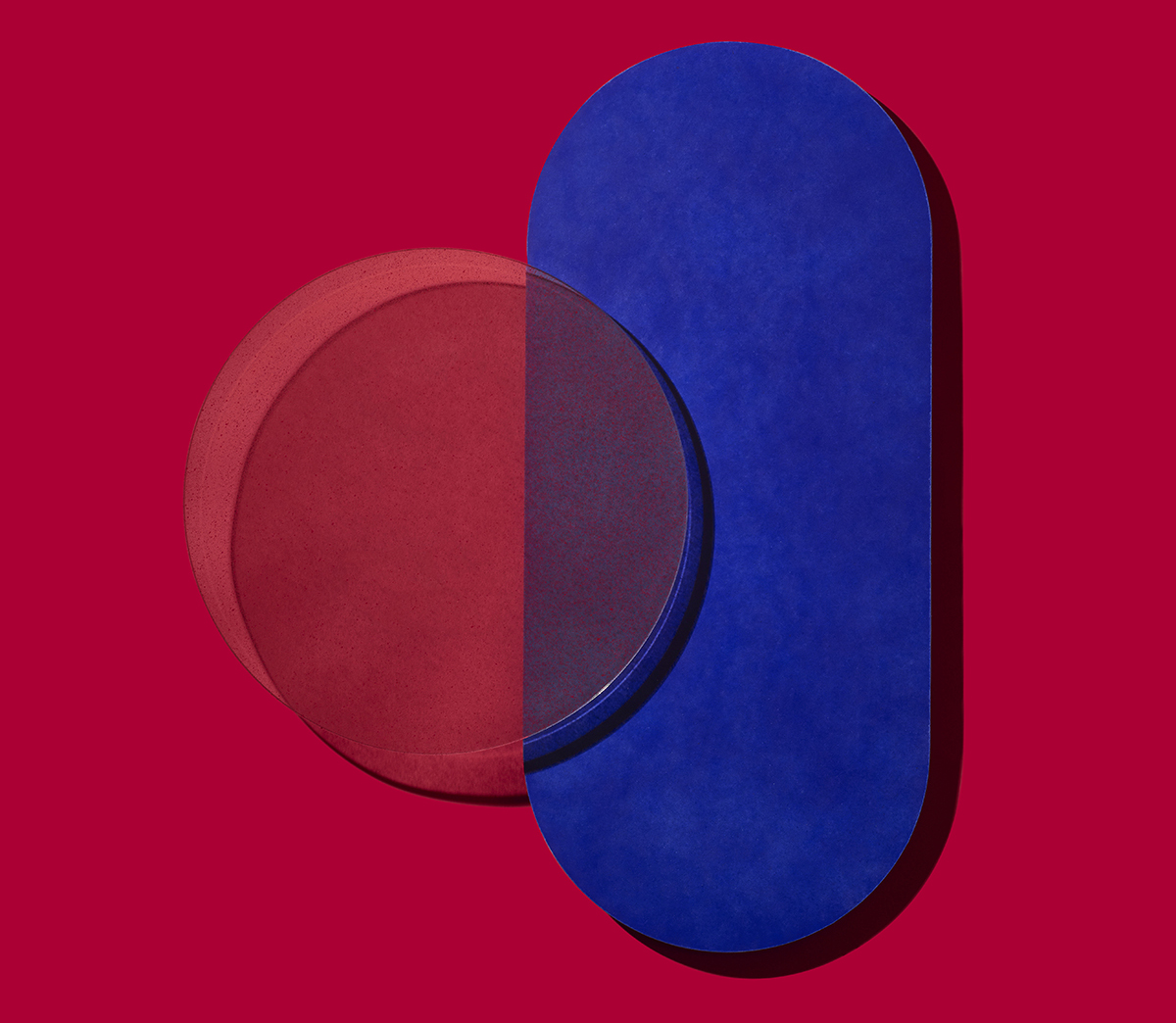
12.17.18
Up and Coming
This Dutch Design Duo Ignores What’s “Right” in Their Quest to Make Something Perfect
Dutch Design Week is typically the most experimental of the year’s furniture fairs, but the most Instagrammable thing on view this year wasn’t even a finished product: It was a series of colorful, layered panels in wood, metal, glass and textile, created by the research-focused, Eindhoven-based studio RENS for Dutch furniture maker Pode. The goal was to display a visual archive of the color research RENS had undertaken for Pode, in which they experimented with industrial spray and powder-coating processes by adjusting the distance between paint dispenser and object, the width of the nozzles, and the various viscosities and transparencies of paint.
While unusual, the show, called Finissage, was exactly the kind of intellectual but beautiful undertaking we’ve come to expect from RENS founders Renee Mennen and Stefanie van Keijsteren. Over the last few years, the two designers have been busy building a diverse portfolio of experimental yet resolved and alluring designs. Each project they undertake breathes new life into familiar processes and is approached from a purposefully uninformed standpoint. In fact, by knowing less about a production method and the way things “should be done,” they find the beauty and potential in rejects and mistakes.
We recently caught up with the design duo to find out more about their journey so far.
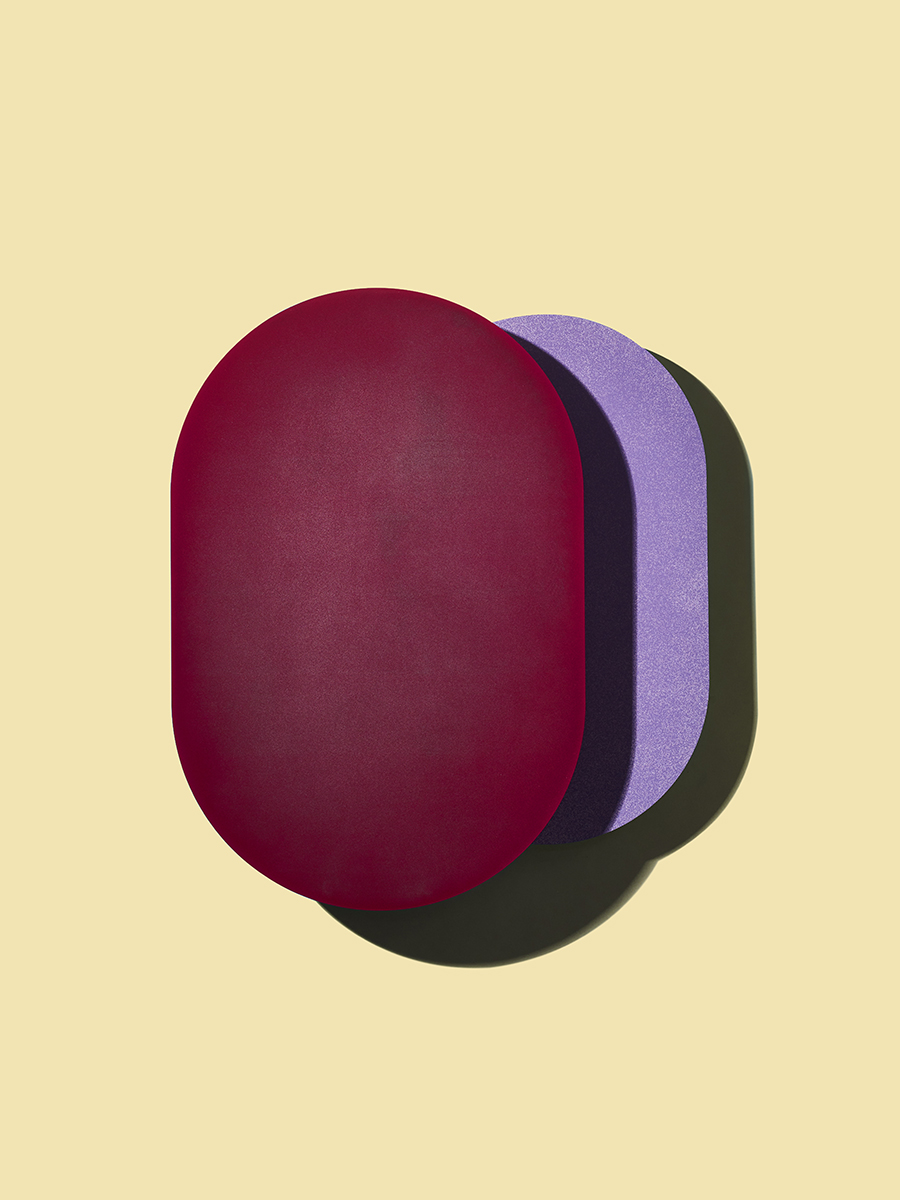
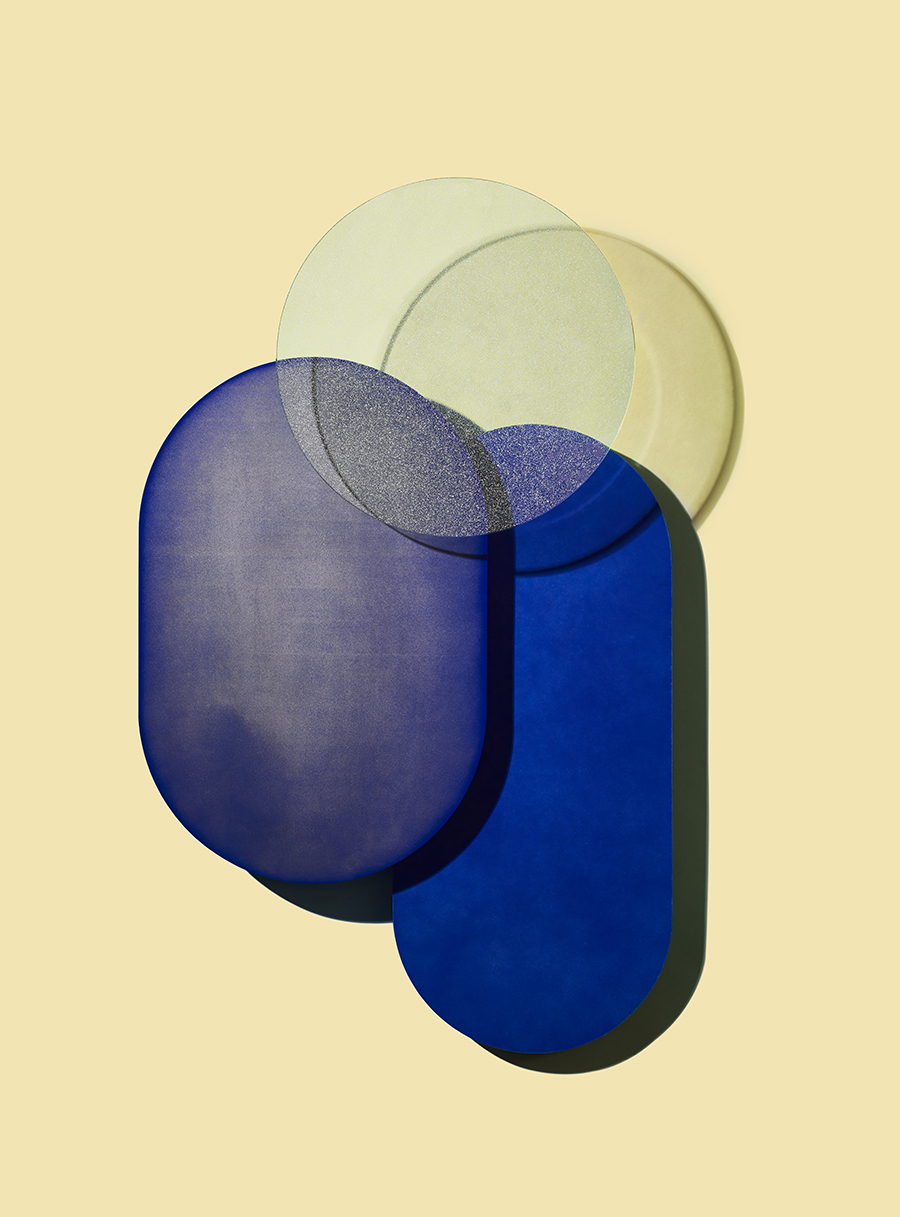
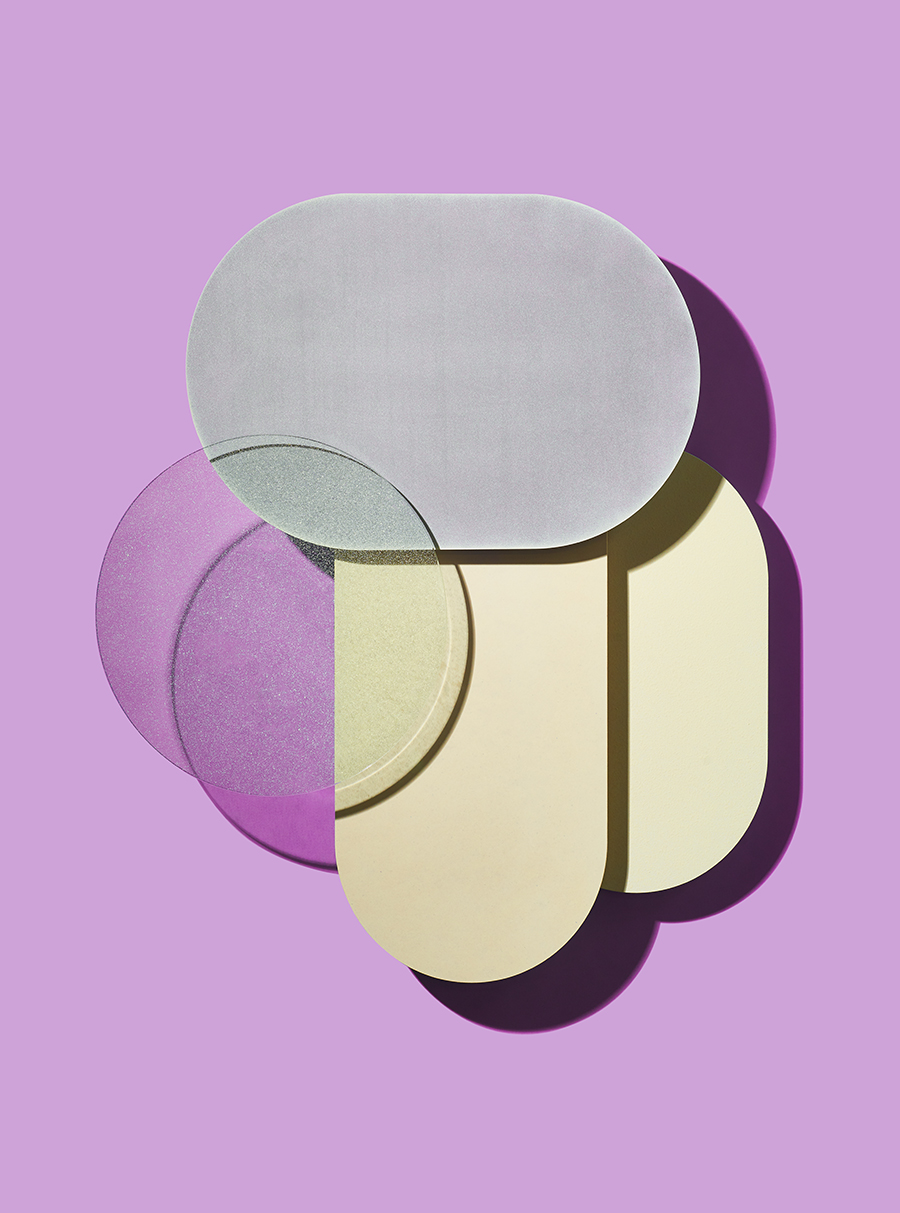
You met at design school, but when did you realize that you shared such a similar approach?
We met in Breda at The Academy of Art and Design (AKV) St. Joost in the Netherlands. We both remember our first meeting. We were very impressed by each other and recall exactly what we were wearing that day. It’s one of those special memories that really sticks with us.
During our studies, we worked a lot together. It’s always nice to have a partner or friend to discuss all your thoughts and ideas with, and it’s the best if you understand each other on a creative level. Our childish way of looking at processes and research is what we shared; after graduating, we just got on with things and after a few months, we realized we had subconsciously formed a studio together.
You seem to have a very systematic approach to developing your
work. Can you walk us through your methodology? What drives the choices you make?
Yes we do, and in the first few years we thought it was simply intuition, because we usually start without a plan. But after some years we noticed that we actually combine intuition with control. We believe the special thing about our studio is that we are systematic and playful at the same time.
We do our projects without knowing too much, without taking on theoretical baggage, because we want to retain a child-like wonder. In order to not be influenced by any predefined parameters or prejudice, we embrace knowing “little” and turned it into our strength. Because of this we find beautiful in ordinary things. For us, there are no boundaries, restrictions or material knowledge until we naturally run into them…. and then we go beyond. Most people would call this naïve, but that’s exactly what we embrace!
We research, dissemble, zoom in and out, observe, focus, test, search, and slowly find
direction throughout the process. A vast shape or form could evolve, but it might not. In most cases, research is seen as a pre-design phase, but for us every step is just as important. In many cases, the research becomes our product. By looking back at our projects, we did discover a pattern:
We collect (what’s out there)
We document visually (show what’s there, aesthetically)
We compare (test, find the differences, find the effect)
We give insight (make a series and decide what to show)
We design (with reference to the research)
Throughout all these phases we choose our own restrictions.
What’s important is that we conduct the whole process.
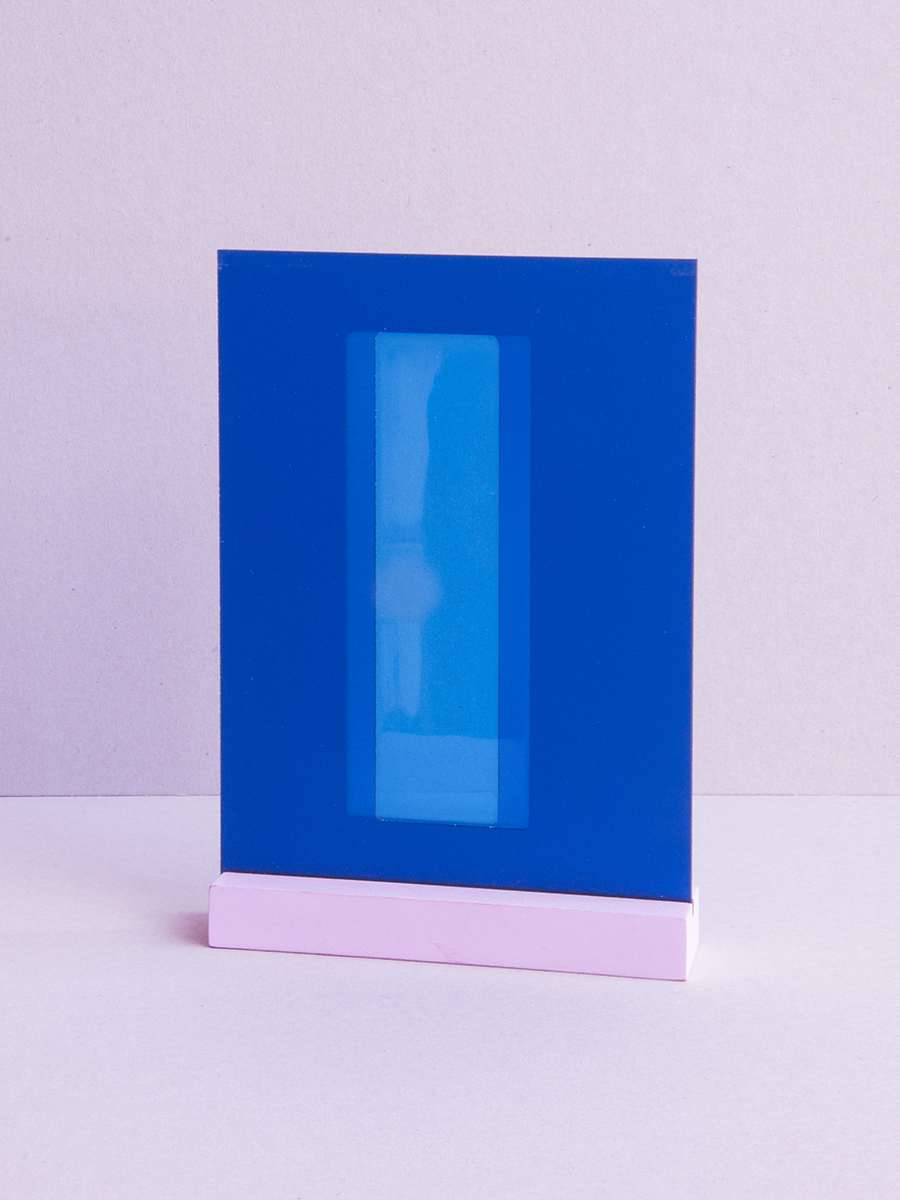
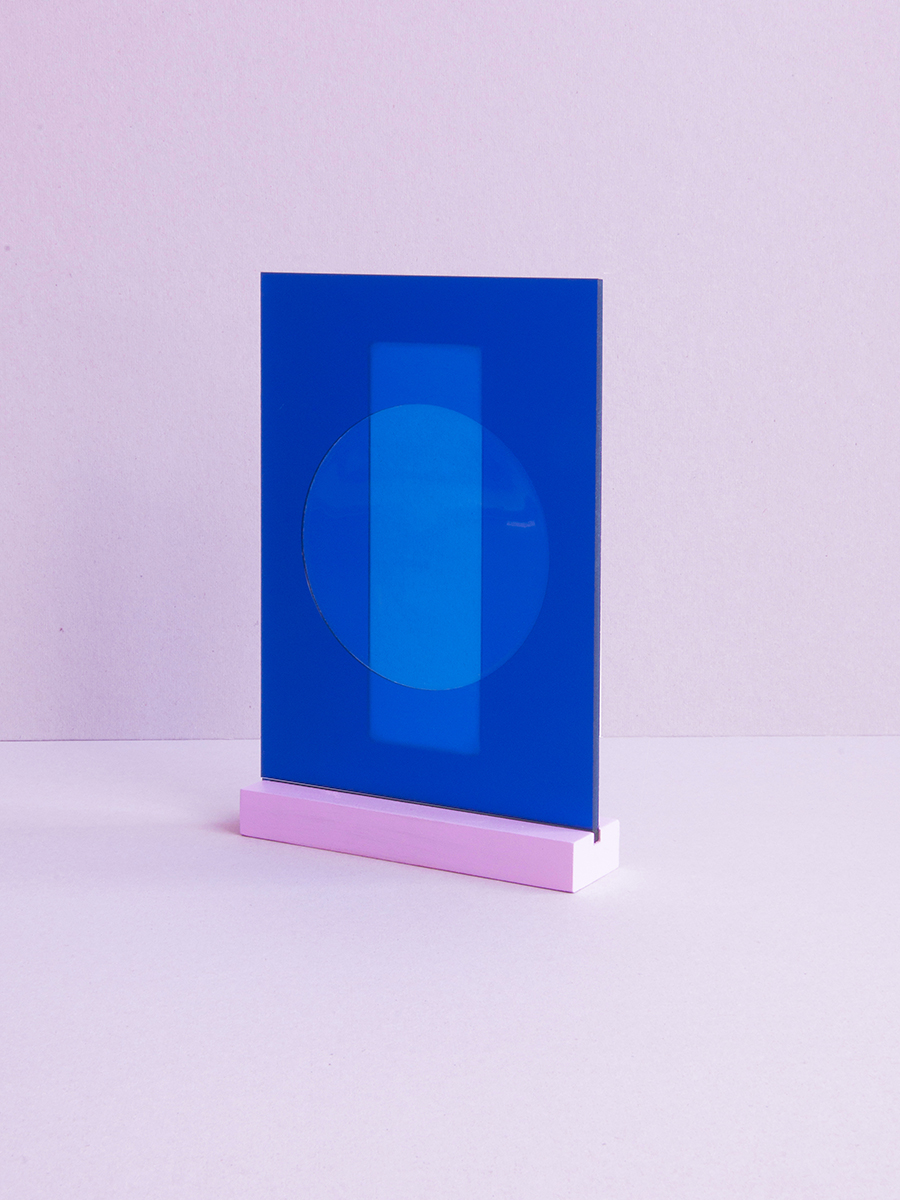
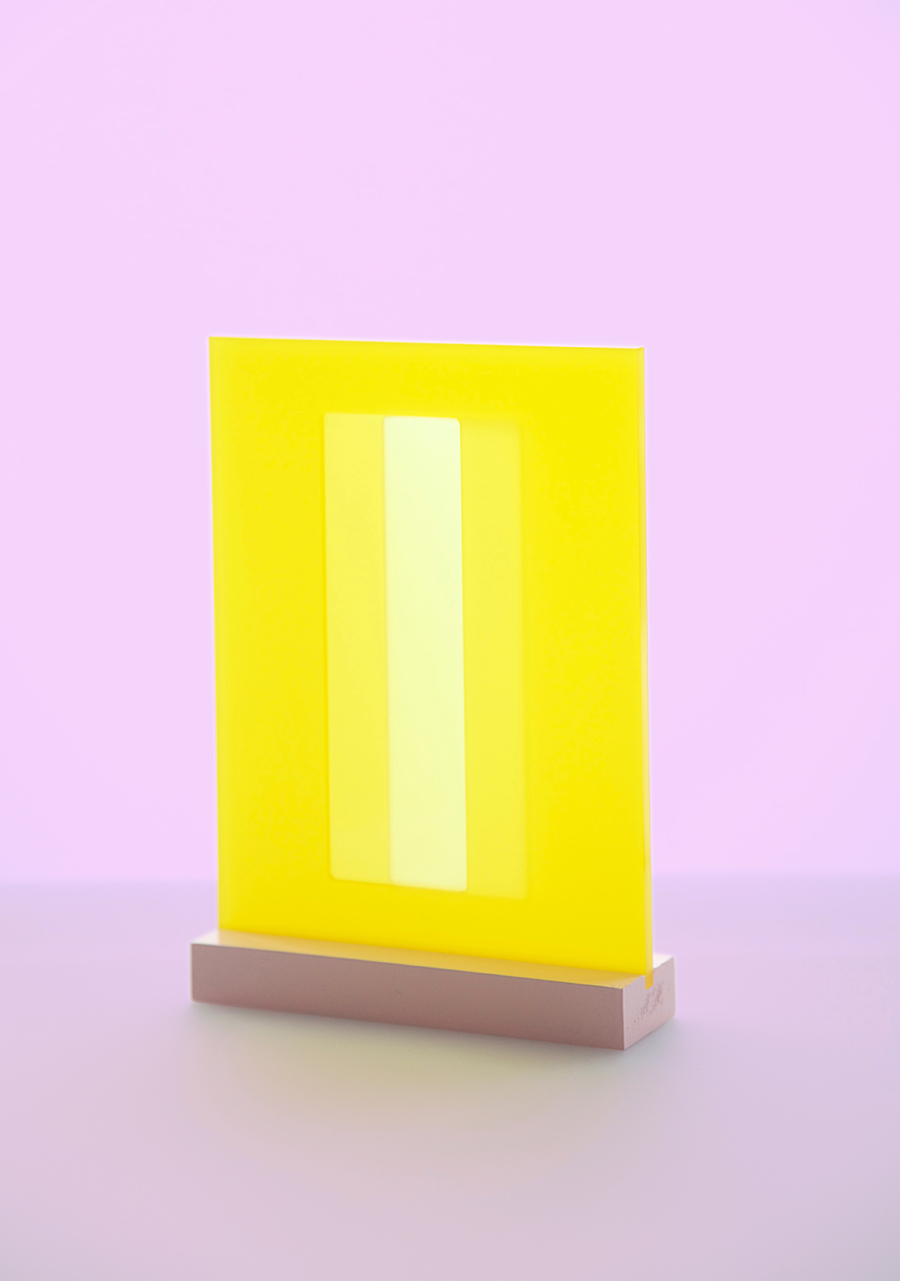
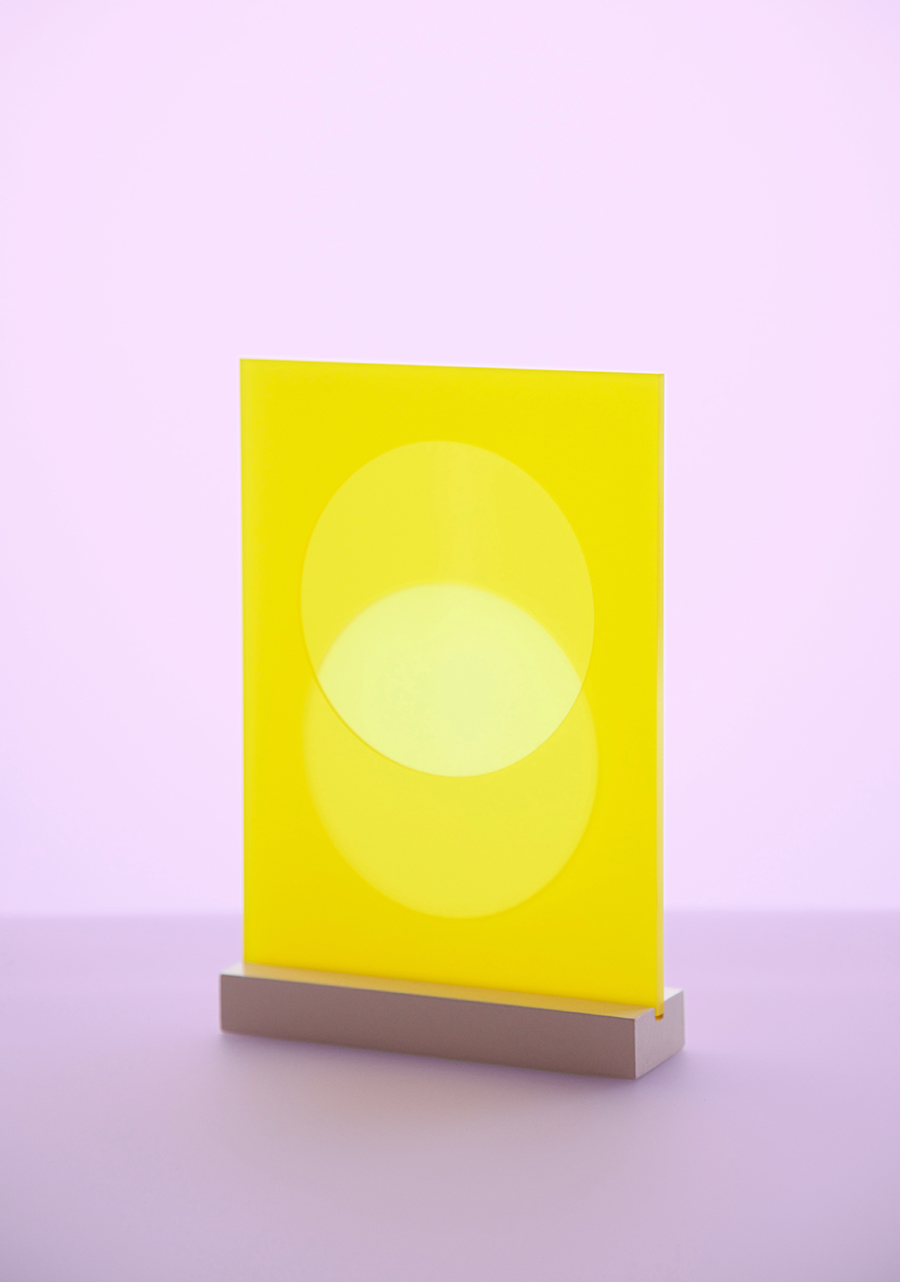
Seeing your work at DDW this year, you seem to have been really busy! Are there significant commissions or projects that have spurred this flurry of new work?
It’s funny because a lot of people made the same observation. Renee actually became a mother this year, so in fact we had fewer hours! Every year, we make a plan to stay focused because we are always doing a lot of research in our own fields of interest in addition to the collaborations and commissions we do together.
This year, we believe we hit the right mix of collaborations and personal work. For Pode, we developed a new process for coloring objects with paint. We researched color technology employed by the design label and explored opportunities for new applications. We love to do projects where we can make the connection between our way of working and industry.
In addition, we made time to further develop research within our studio, which resulted in the new collections: Working Glass (above), Unfoiled, and a new collection of rugs we did with Desso called RE:re-vive.
Is your work driven more by hands-on experimentation or desk-based research?
Our work is definitely more hands-on. We believe that the fact that we don’t have the knowledge of specific materials or techniques allows us to approach things with an open view without seeing too many difficulties. Our trial-and-error approach means we take everything step by step so that we have the time to analyze what we are doing.
In our research, we dare to take risks and love to make weird combinations of materials or techniques. In production factories we are often drawn to the beauty of half-made products or production errors that the employees can no longer see. We document and capture all these beauties and sometimes use them as a starting point for a specific project or client. We have an endless archive with the most beautiful research.
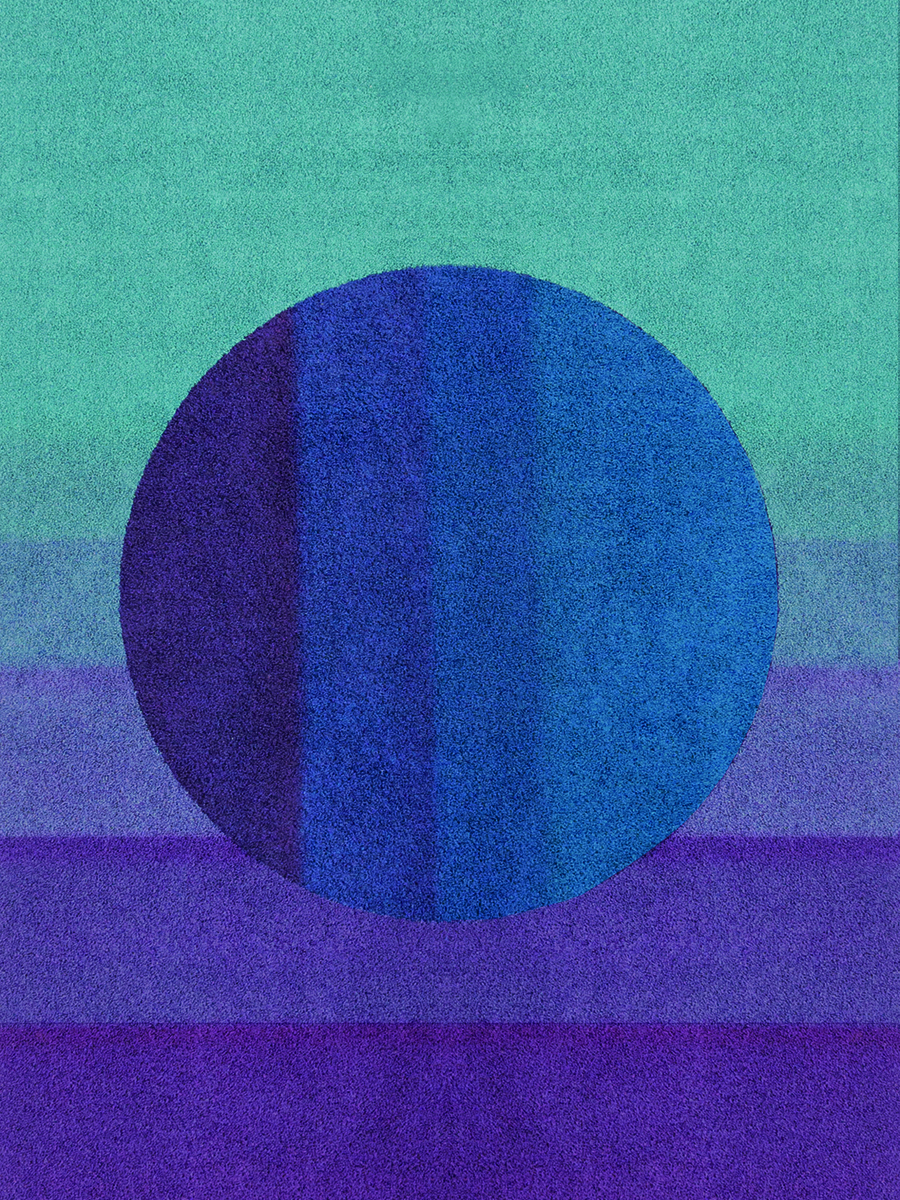
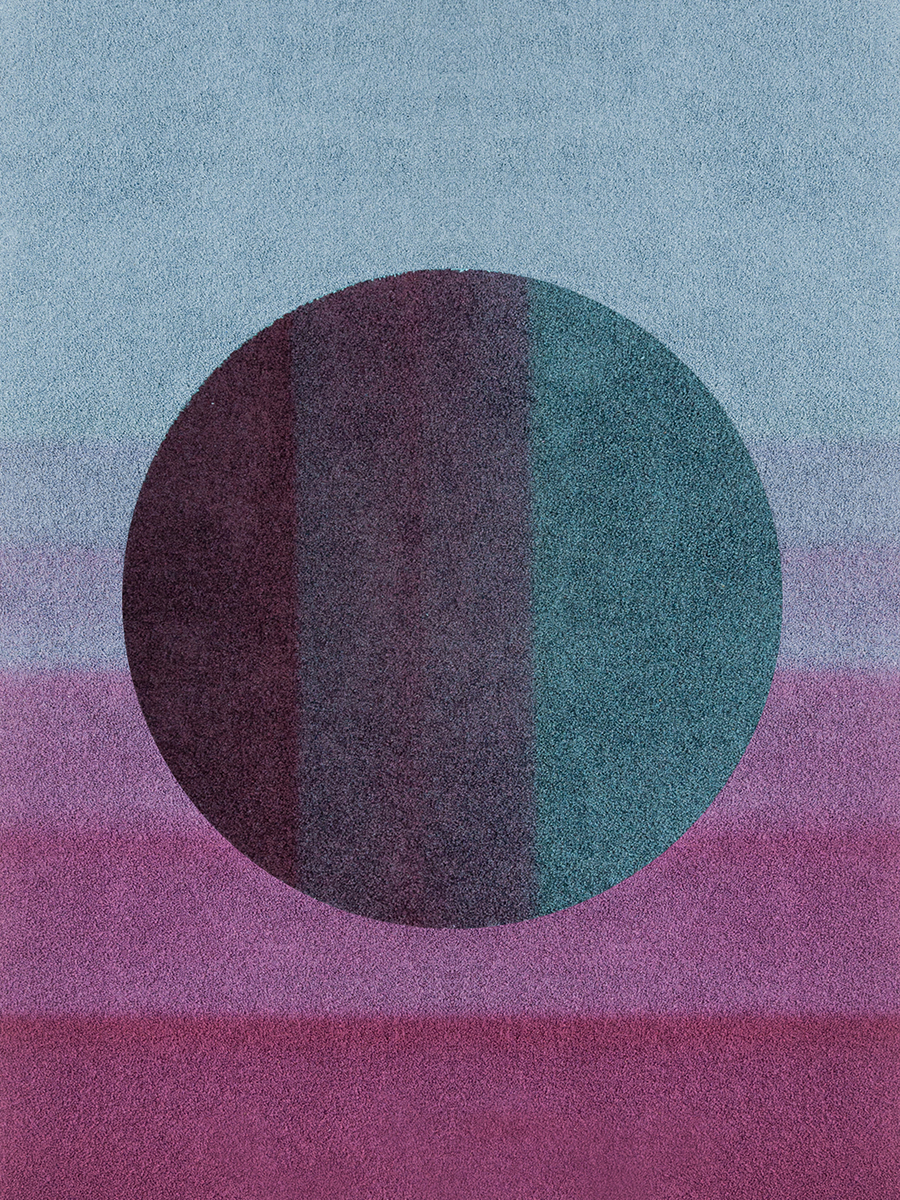
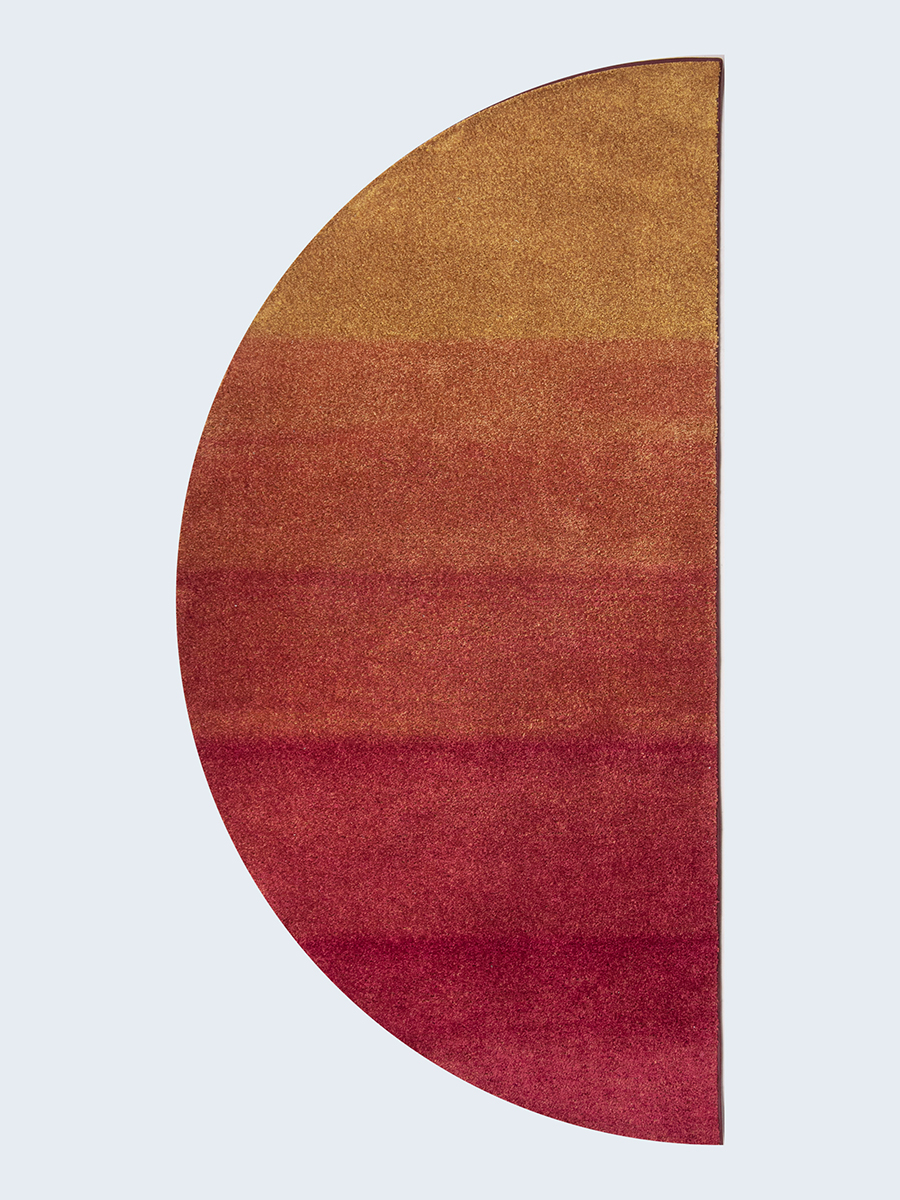
If you had to choose, could you pick a favorite material or process?
The most interesting thing about our work is that we are not stuck to a color, material or
process. We just need the freedom to react. For example, we don’t choose a color because of a meaning or a feeling; it’s more that we are always searching for a connection between the color, the material and the form.
Every project, collection, and collaboration gives us a new framework with new possibilities. We don’t believe in favorite colors or materials, in the same way that we don’t believe in ugly colors. The concept of an ugly color does not exist for us because every color has something really interesting to say, and the same goes for every material and process.
Where do you find inspiration?
We find inspiration in disrupting processes and the most common processes often turn out to be the most interesting ones. We think the project Fade to Stay is a perfect example. It’s an ongoing research into the idea that industry is fixated on making the most perfect stable, fixed color that stays exactly the same for years. We don’t believe in these “perfect” colors, because in the end there is no pigment that could win against sunlight. We believe that we have to embrace the fact that everything is fading in the end and think about how we as designers can use this to our advantage. The industry is still investing millions in controlling color and we do wonder why humans tend to want to control everything? This is one question that really fascinates us.
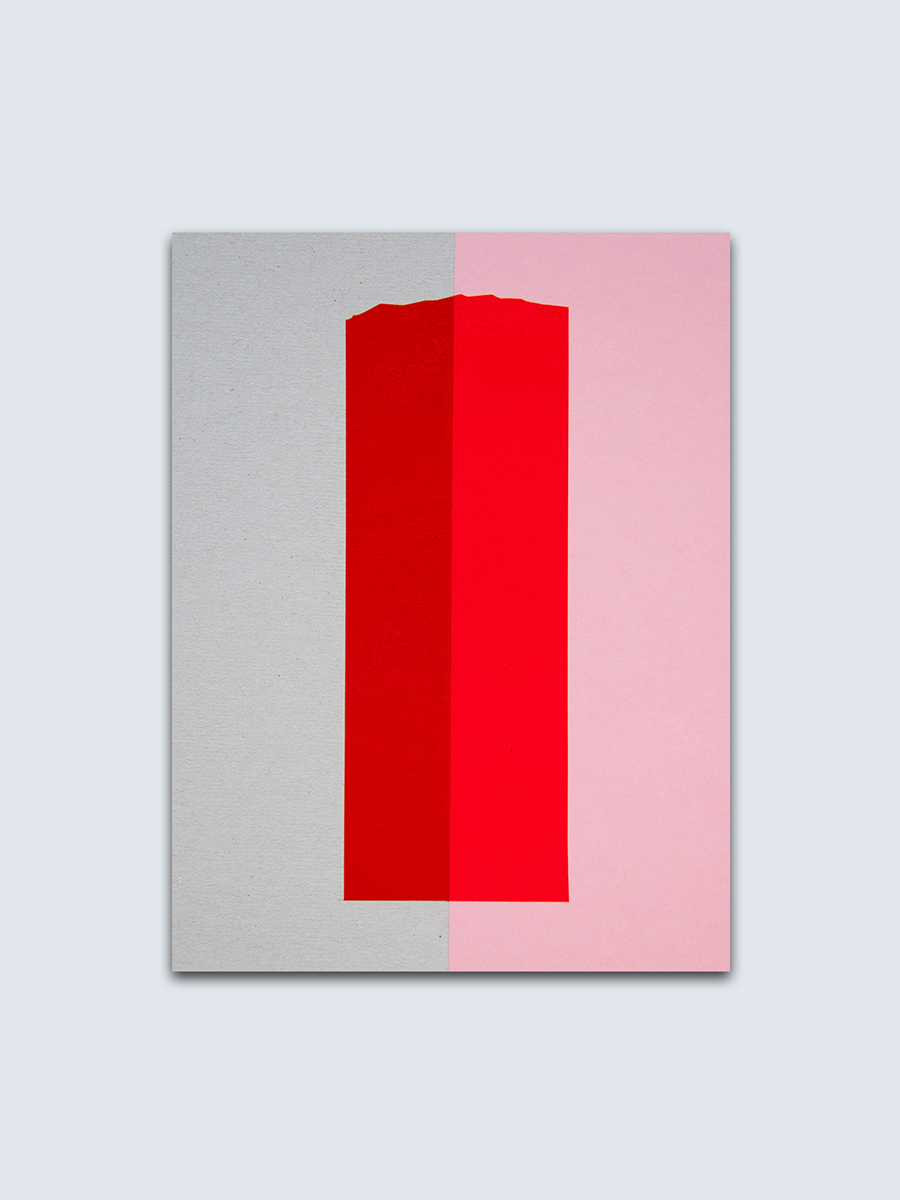
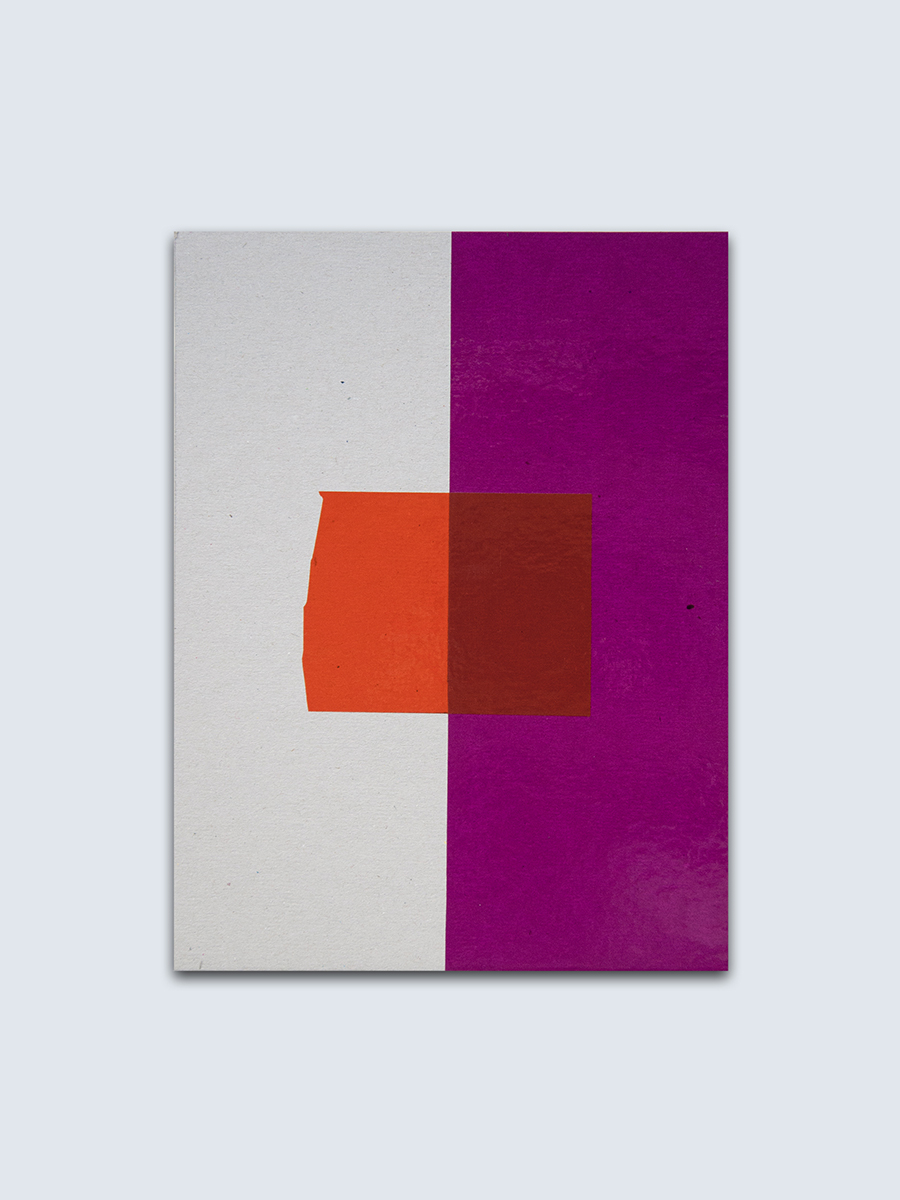
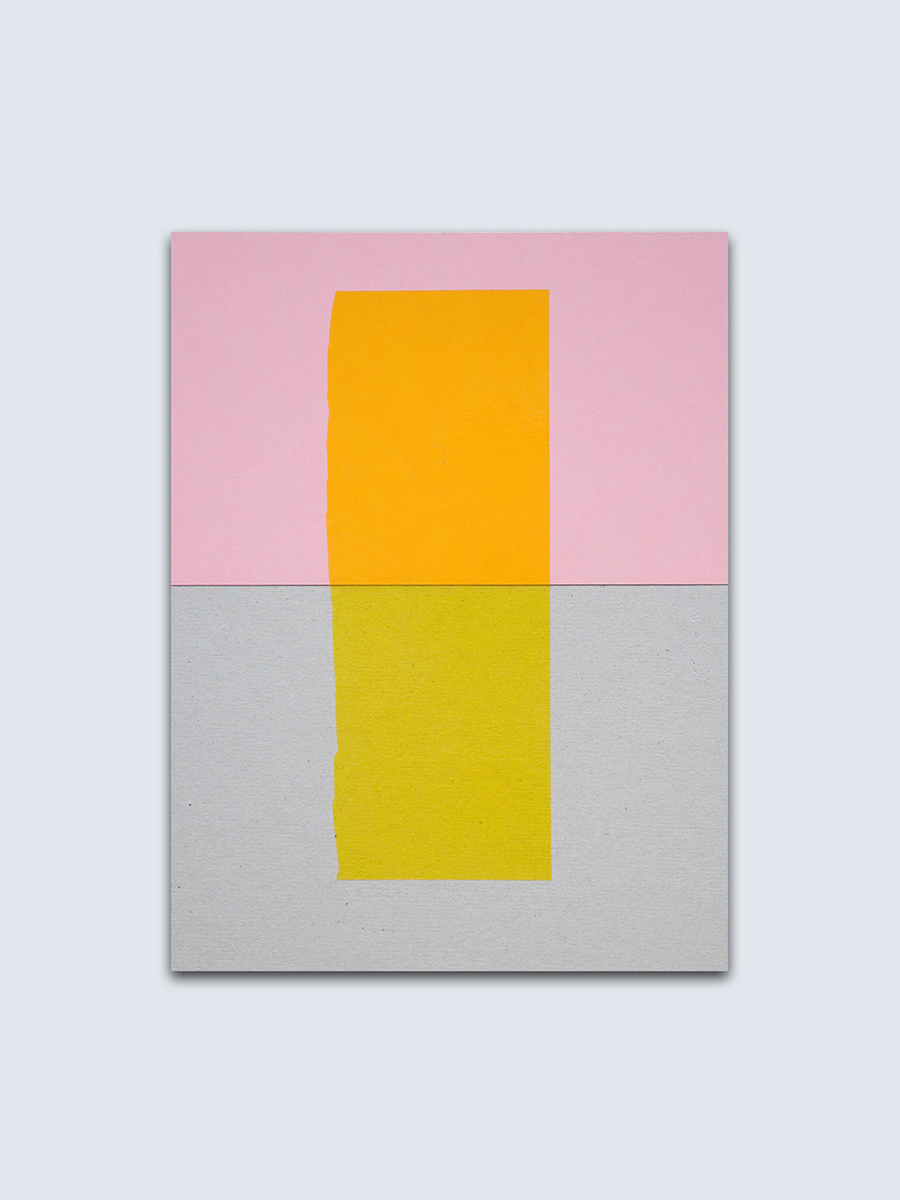
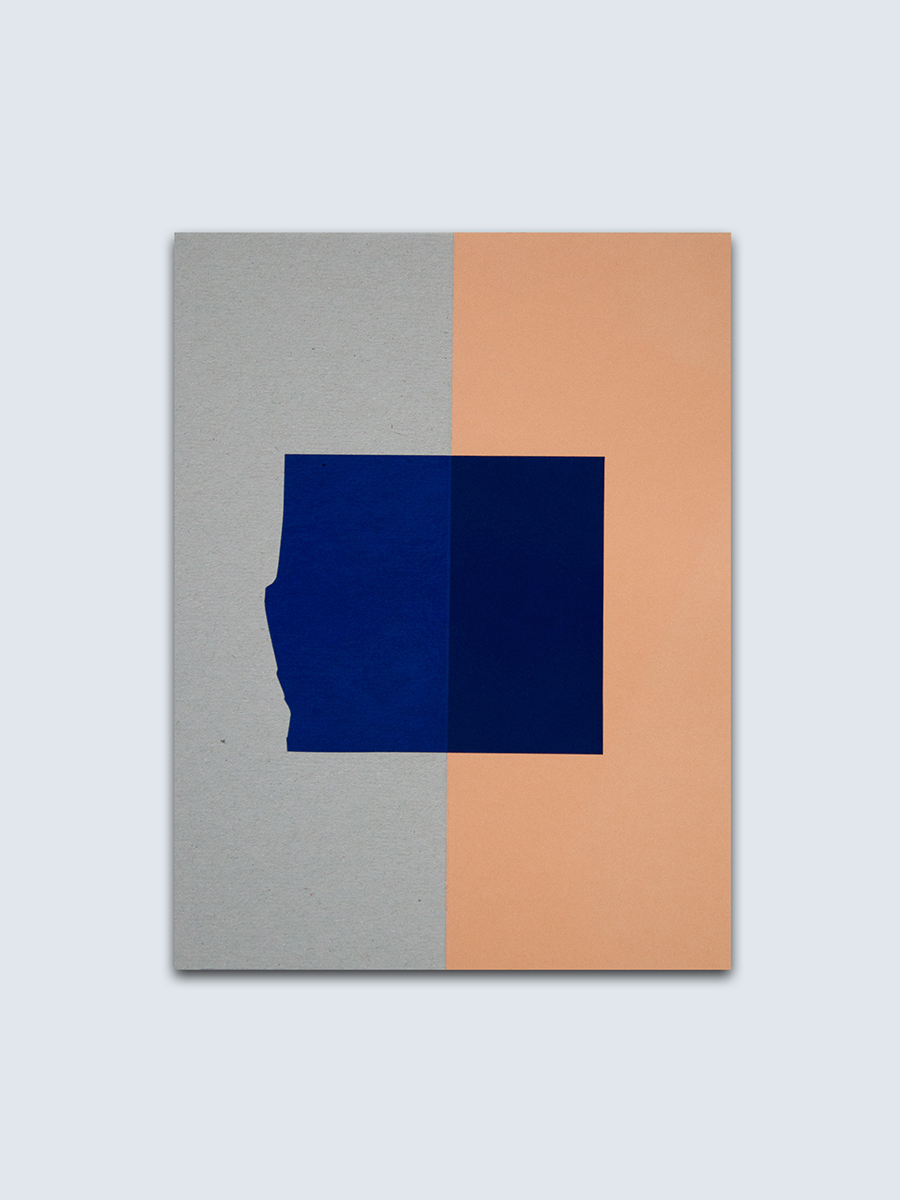
How important is function in the work you design? For instance, is a mirror or rug simply a vehicle for communicating an idea?
Our main focus is to communicate our ideas, and beauty and function are two ways to draw people into those ideas. If something is communicating we believe it’s always functional, but some projects need to be a functional object to communicate efficiently. We are fascinated by industrial processes used for producing homeware so it makes sense that the objects we produce are related to the home.
When working with manufacturers such as Pode, how do you go about dissecting their process to find newness?
It always starts with a factory visit, and during those visits we make pictures of everything we
see and like. This could be a half-finished fabrication process, a production error, a color card or the way they organize and stock their materials.
With Pode we were fascinated by the color fans we saw and especially the samples that weren’t evenly spray painted and hadn’t worked out for them. The failed ones in our point of view are the most beautiful.
Our starting point was to experiment with the “small mistakes” that could appear during the production process of spray painting and we experiment with different tints, dilution of the paint and with different distances from nozzle to object.
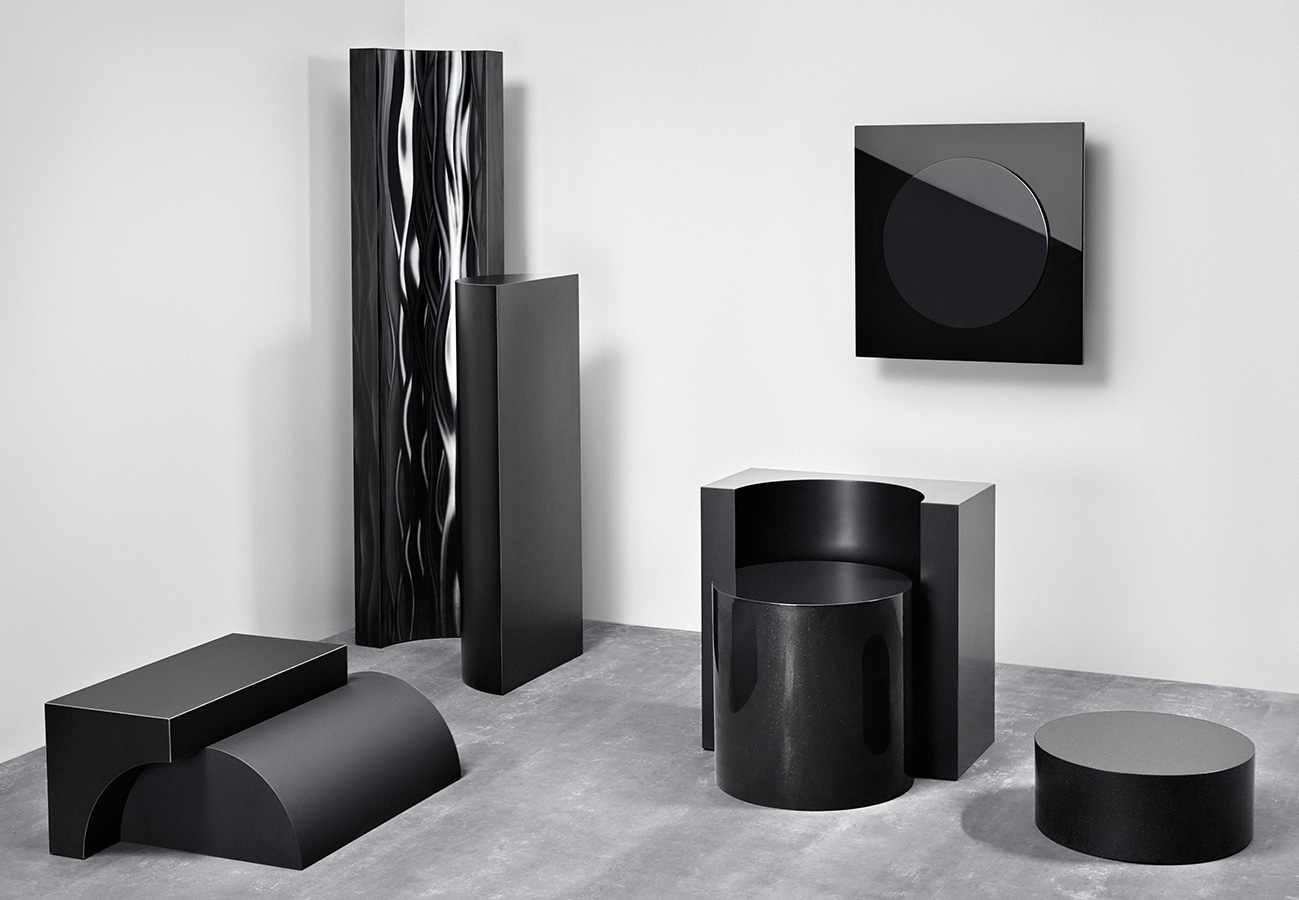
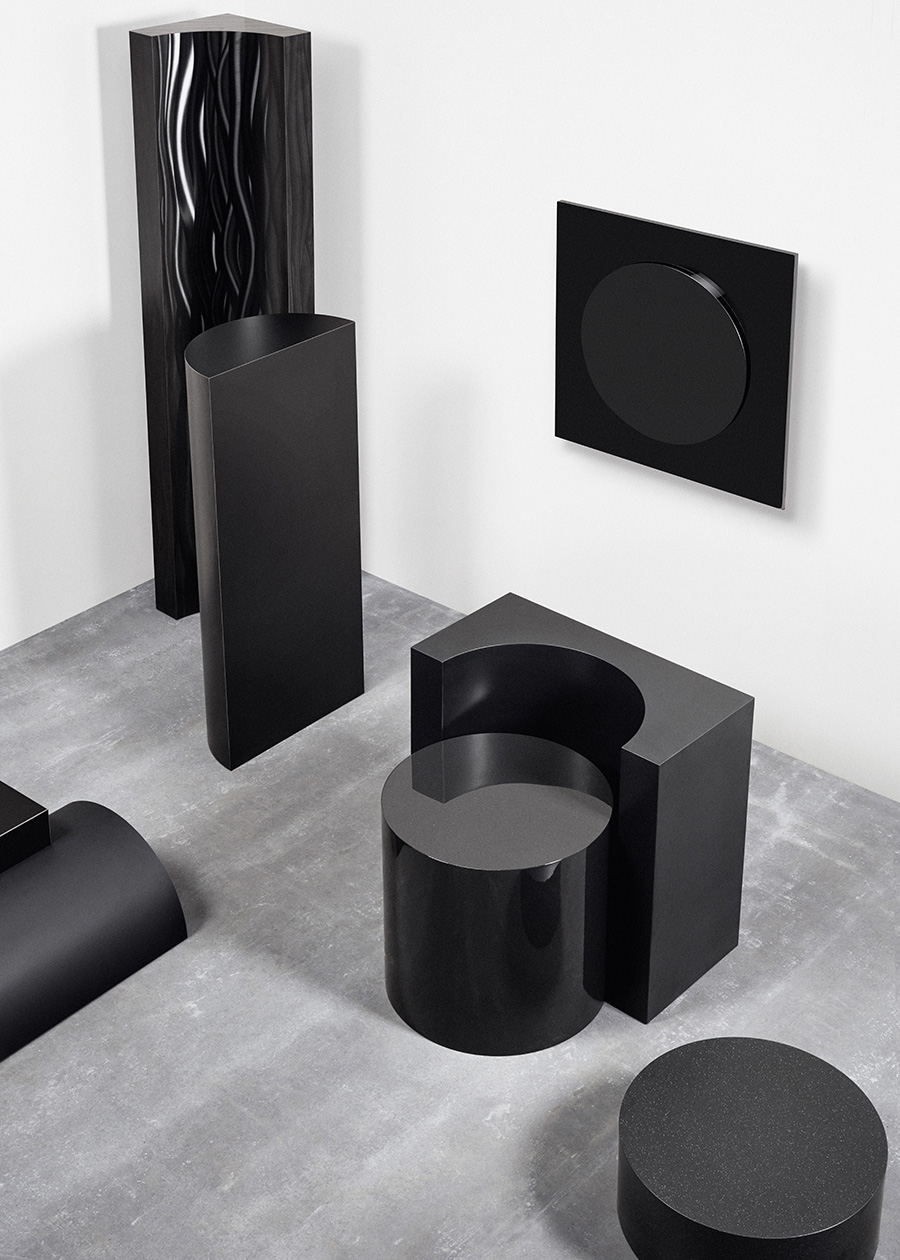
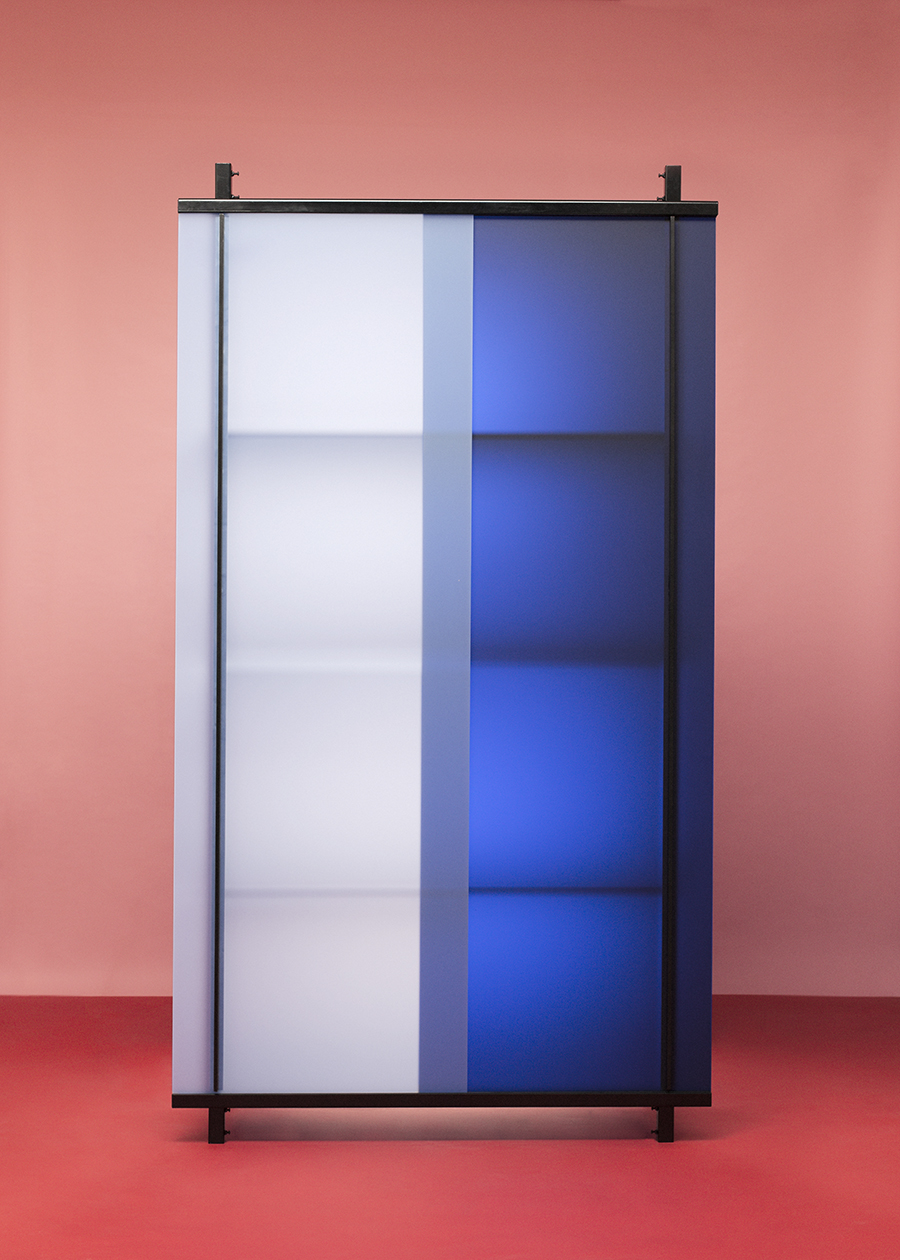
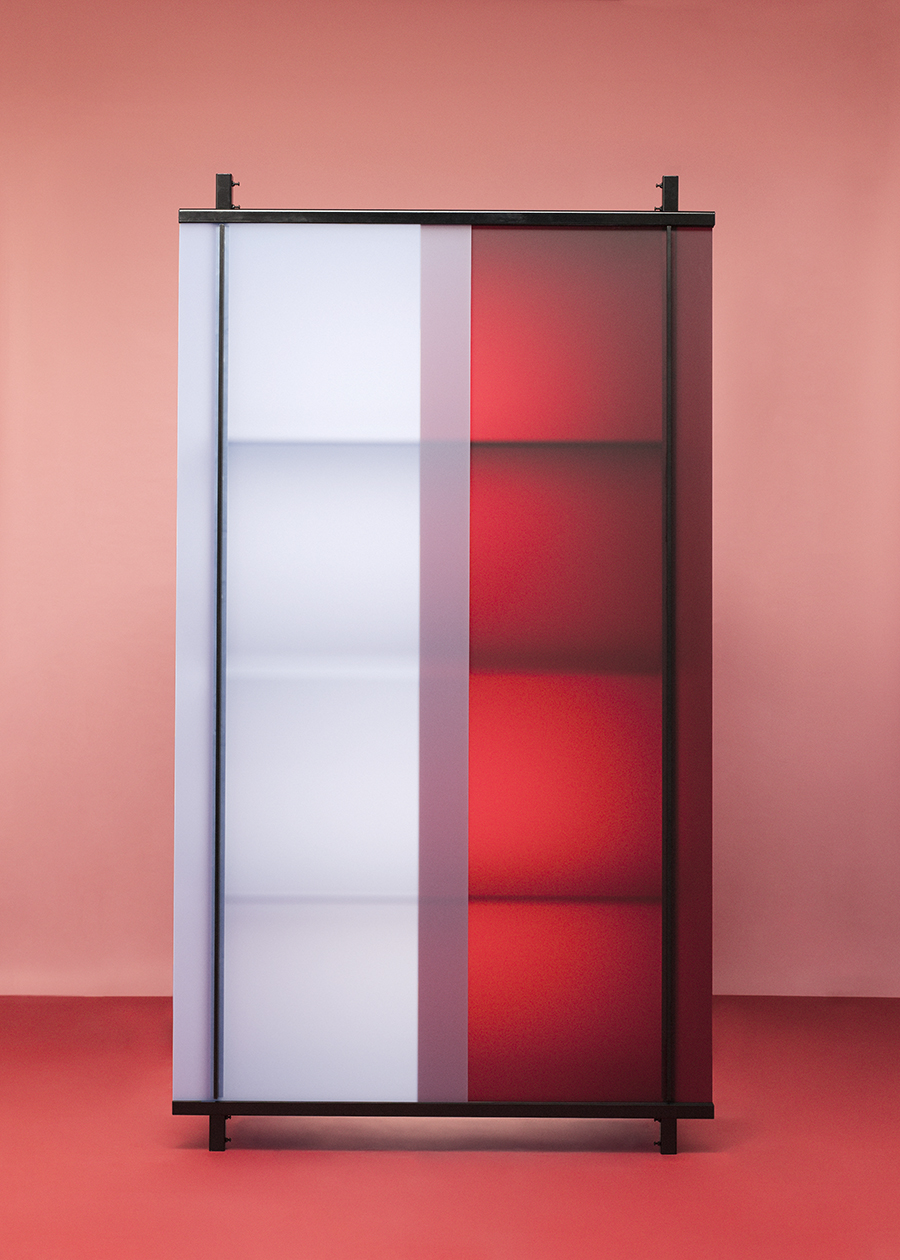
In what context do you want your work to sit?
We’d love for it to be in between industry and the customer. The great thing about our way of working is that we are not bound to a specific industry. We work independently and in collaboration with many different brands, manufacturers and museums.
What are you currently working on and what is next for you?
We are still busy with developing the Finissage project with Pode. The first prototypes from the table collection will be shown in early 2019. We are working on a light with Cor Unum Ceramics which is going to be wonderful! We have been collaborating with Cor Unum for years now and we previously made the Reddish and Colour Traces collections together, whereby pigment is absorbed into unglazed clay to create a design. We are also working on a new project that delves into water and paper, so hopefully we can show you the results at next year’s Dutch Design Week.
